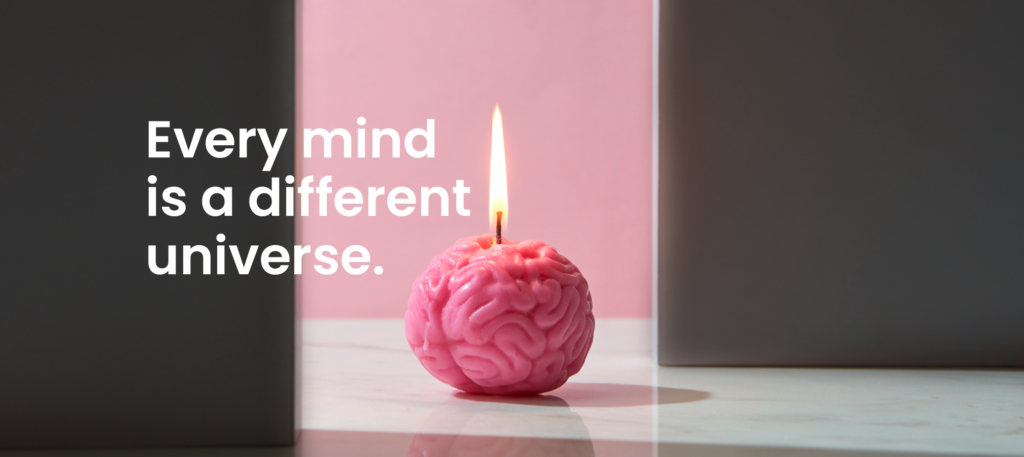
For many people, the forgetful guy, the emotion driven kid, the easily distracted student are the image of how a person with learning and task managing difficulties is. We often find ourselves blaming the actor but not the context, thinking the way someone is without taking into consideration that we live in a society made for stereotypical, and ‘normal people’.
This encourages us to put a part of society into labels and groups segregating them, creating insecurities and doubts amount a group of people that lives in a neurotypical designed society. They are not forgetful, easily distracted, or sensitive, these are actions, or the lack of them, triggered by a one type of mentally stimulated context. What would happen if their contexts and the objects they interact with were simpler and carefully designed to consider not only different physical capacities but also mental ones?
Every mind is a whole different universe, this means, that we all have different ways of learning, of retaining information, remembering things, controling emotions, feeling and thinking. When it comes to our brains, there are two types of brains, the neurotypical ones, which are known as ‘the normal people’, and the neurodiversity ones, ‘the people who have troubles’. But the correct definition for neurodiversity is the variations in sensory, cognitive, affectual, and intellectual functioning of the brain, because of a normal and natural variation of the human genome, which socially situates people as ‘other than the norm’.
As designers we try to reach as much users as possible, but we find ourselves design within the norms of users being part of the predominant neurotype, while there is a huge population there’s a need to bring inclusivity and effortless interfaces in a society where everything has been created for neurotypical users, but to be included in it. We must redefine the approach the discipline should take; it is not only considering the business and its profits but looking more into how design can create tools in diverse contexts to benefit other industries and users.